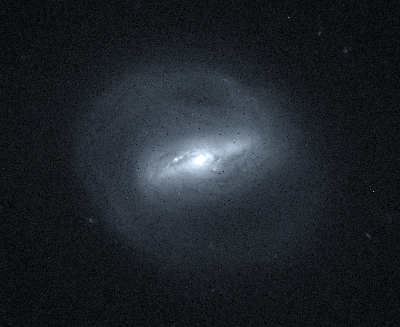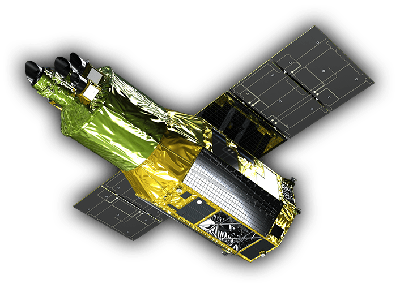Astrometric Analysis

Active Galactic Nucleus Mrk 766 ©︎Hubble
X-ray Analysis of Active Galactic Nuclei
Our Milky Way galaxy and other galaxies contain numerous black holes. Contrary to common misconception, there is not just one black hole in the universe. Black holes come in a wide range of masses, from light ones (about 10 times the mass of the Sun) to heavy ones (about 100 billion times the mass of the Sun), and they are found throughout the cosmos. Particularly, heavy black holes are believed to exist at the centers of galaxies.
When matter falls into a black hole at a rate higher than the force of gravity, it forms a disk around the black hole known as an accretion disk. I am studying the central region of galaxies called "active galactic nuclei," where the accretion disk shines brightly, focusing on supermassive black holes.
As we humans have low body temperature, we radiate infrared light. However, active galactic nuclei, due to their extremely high temperatures (over 10 million degrees), are better observed in X-rays to study the region near the center of the black hole.
Black holes not only swallow matter but also expel material from the disk, a phenomenon known as outflow. Among outflows, there are those known as ultra-fast outflows, where material is ejected at speeds of a few percent to tens of percent of the speed of light. By expelling material through outflows and jets, black holes transport materials that form stars into galaxies.
I am observing the active galactic nucleus Mrk 766, which exhibits ultra-fast outflows, using X-ray observations. Through this research, I aim to unravel the structure at the center of active galactic nuclei, which cannot be observed with the naked eye.
